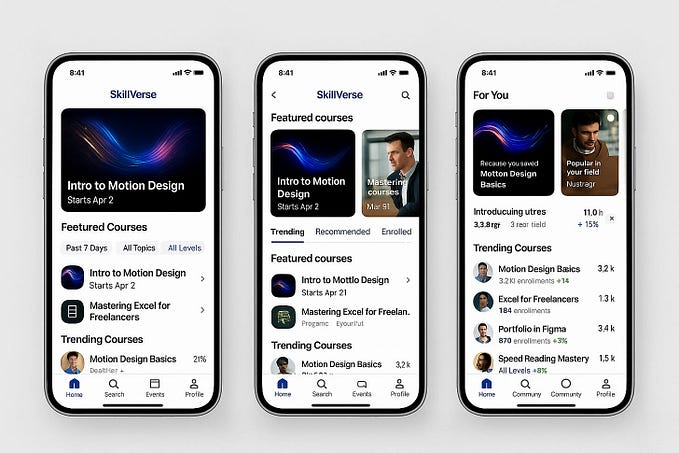Member-only story
A type revival story: lessons from Type West

 Last Fall, I began the Type West program at the Letterform Archive in San Francisco. For those of you who don’t know, the Letterform Archive is creative heaven — a type nerd’s letter art collection turned graphic design museum.
Last Fall, I began the Type West program at the Letterform Archive in San Francisco. For those of you who don’t know, the Letterform Archive is creative heaven — a type nerd’s letter art collection turned graphic design museum.
I had been considering applying to this type design program for a while. Despite having practiced design and lettering for several years, I still felt like my work was missing a level of finesse, specifically in the realm of typography. I wanted to command type beyond placing them in layout, in ways that were unique, exciting, experimental.
I don’t see myself making fonts for a living, but Type West seemed like a program that would uplevel my graphic design skills. Every time I visit the Archive, I leave completely over-inspired from seeing art history classics like illuminated manuscripts and psychedelic posters, to new discoveries (for me) like Letraset and Mid-Century brand manuals. Finally, I decided to bite the bullet and applied. Shortly after getting admitted into the program, I was given the first major assignment: revive a typeface.
A very brief history of type design. Digital type, or “fonts” as most of us know it, has only been around for the past four decades or so. Up until the 1960s, all letterforms were handcrafted by casting metal or carving wood. So to start the project, we had to find a pre-1950 book and create a digital version of its body copy.
Finding the Source
On a single shelf of old books at my local used book store, there were a plethora of incredible covers with gorgeous Victorian lettering. But when I opened them up, the interior was filled with what seemed to be the same damn Times New Roman-looking type! I was fooled! After 40 or so books, one stood out from the rest. It had a Didot-like typeface with exaggerated contrast and elongated letters. It was Rococo yet Vogue. Cardi B meets Kate Middleton. Sassy, but classy. I did not understand a single word in this little French book, titled Le Mont Saint-Michel, but I instantly knew this was the one.









